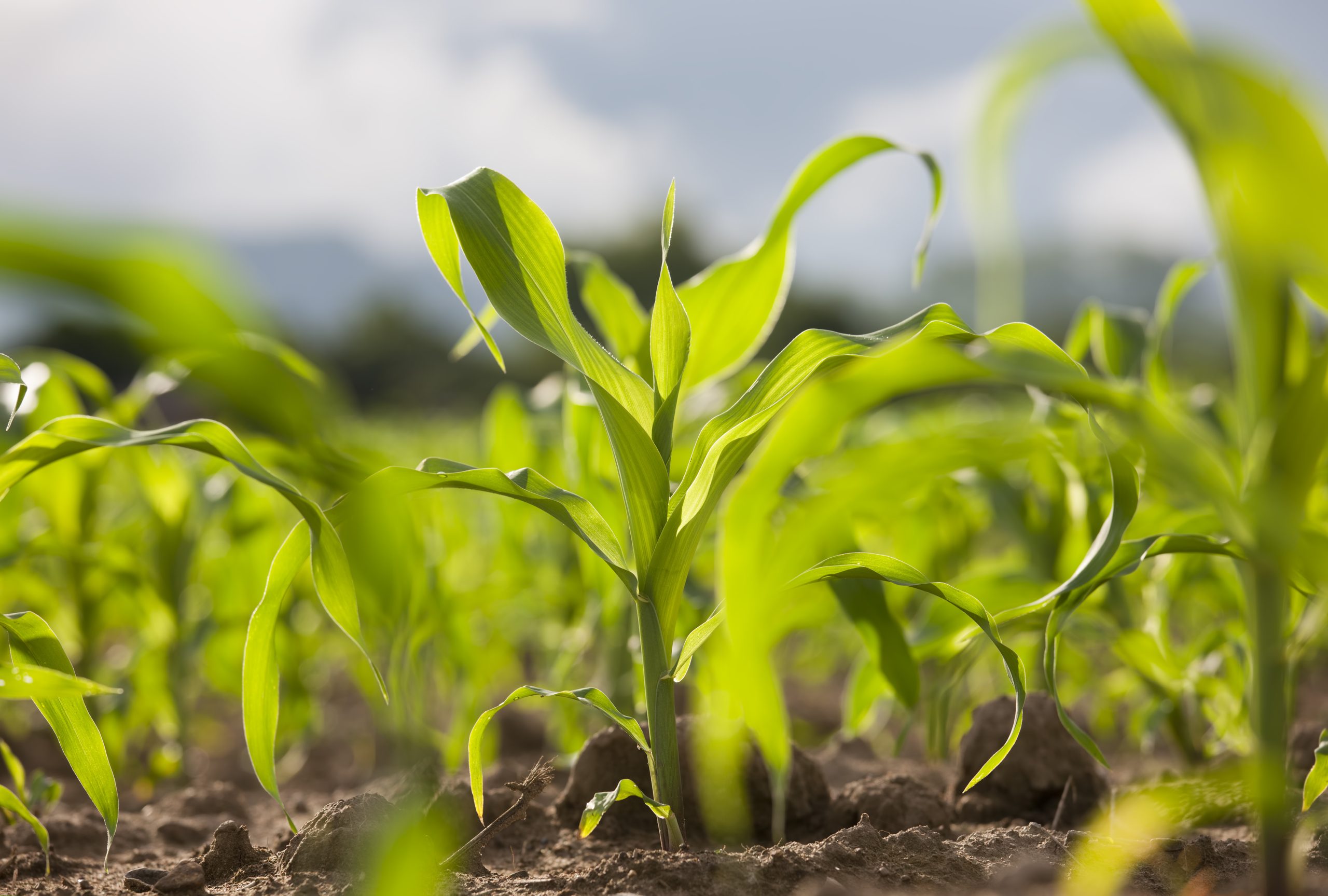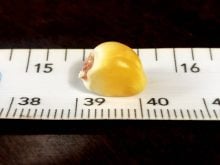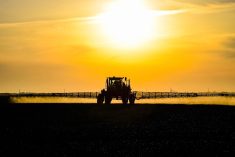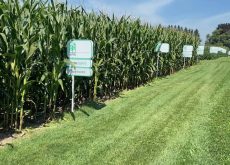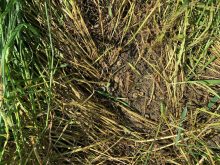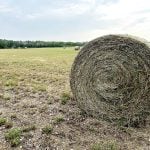Glacier FarmMedia – Corn seed is expensive. Nitrogen is now expensive.
Those facts should goad producers to take a careful look at corn planting and nitrogen rates, says a Purdue University corn specialist.
“It’s managing for maximum return instead of managing for maximum yield,” said Daniel Quinn during Purdue’s January Top Farmer Conference.
Read Also
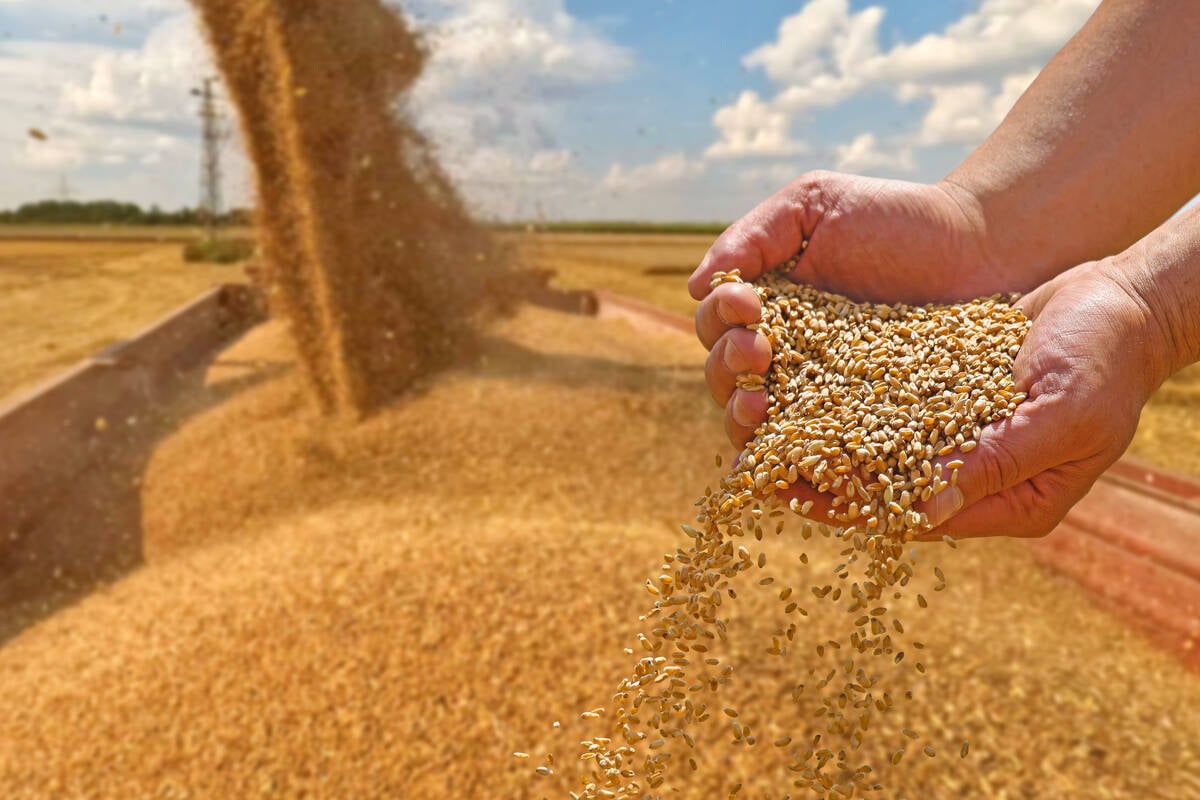
Great Lakes YEN wheat yields top 115 bushels per acre in 2025
Recorded yields in the 2025 Great Lakes YEN (Yield Enhancement Network) challenge surpassed 115 bushels per acre across all participating farms in 2025, with a record breaking 180.2 bushel crop grown by one Michigan participant.
Why it matters: The 2022 corn crop will be expensive to grow so growers will need to be prudent with input costs.
“Is it really worth it to maybe push that last bushel or two with either nitrogen or planting rates? Is it really worth it, or can you back off and use economic optimum nitrogen rates, economic optimum planting rates?”
Quinn’s comments were for Indiana farmers looking toward planting a 2022 corn crop that will be far more expensive to grow than ever before.
For nitrogen fertilizer, Quinn urged growers to focus on using the expensive input in the most efficient way possible. The nitrogen should come from the right source, used at the right time, placed in the right spot and applied at the right rate.
“With nitrogen fertilizer prices the way they are, input costs the way they are, it’s really important to understand the importance of the timing aspect, the placement of the nitrogen, to limit some of the losses, and limiting some of the profit losses,” said Quinn.
Planting rates should also be carefully considered. Many farmers go with recommendations to use the maximum rate possible of seed, but Quinn said Purdue research shows that higher seed rates often don’t create higher yields, even if they produce more plants per acre.
“You get a pretty flat response to planting rate,” he said.
Corn seed tends to be pricey, so using thousands of extra seeds per acre can be a profitability drag.
“Take a look at those planting rates. Maybe you can back off some of those planting rates and still get the same amount of yield.”
Quinn said it is worth considering economic thresholds and profitability impacts for various inputs. However, the sky-high fertilizer prices today have added more importance to that element of crop management.
“I think you should always be looking at it from that standpoint, but especially for next year,” said Quinn.
This article was originally published at The Western Producer.

